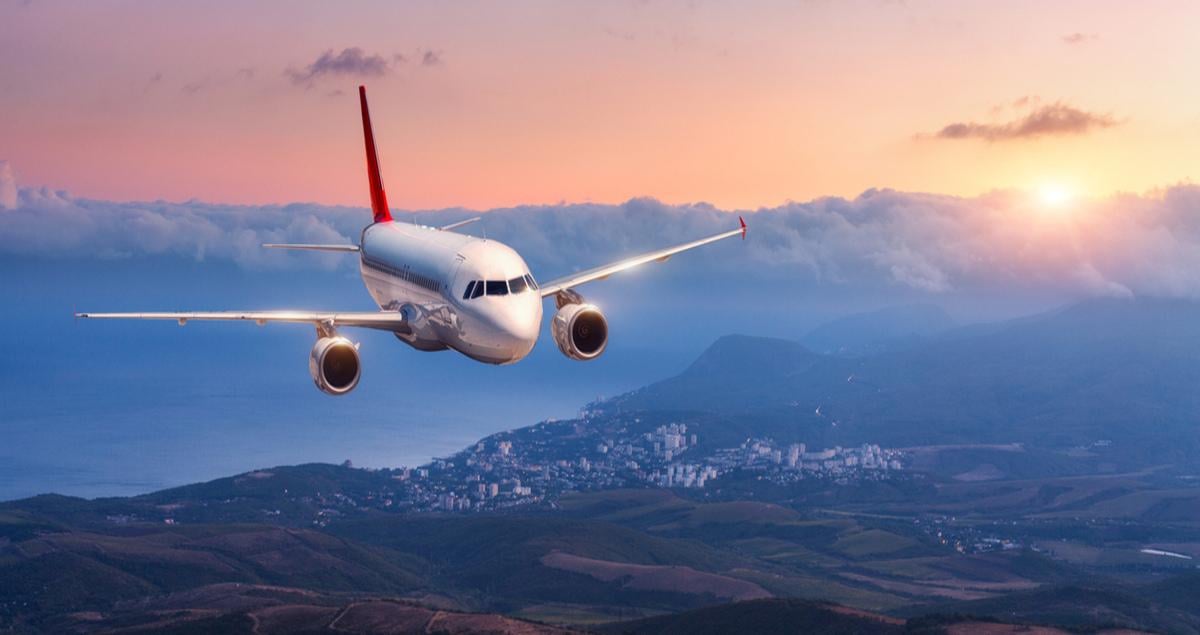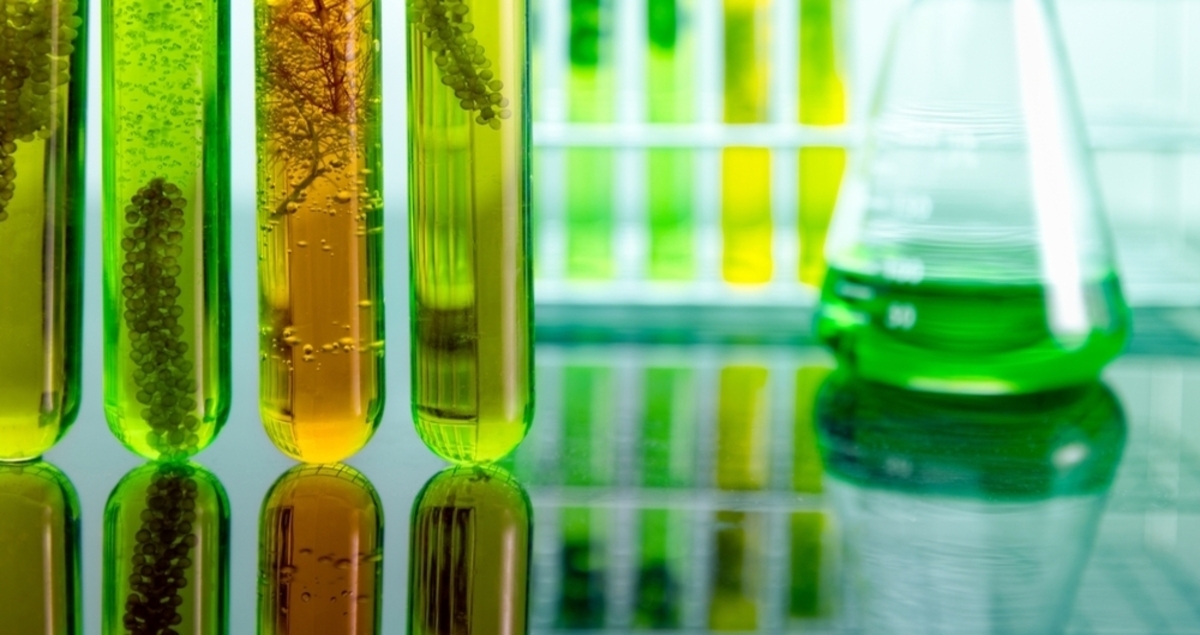Green aviation: The routes to take-off

Optimism is rising in the aviation sector after some of its toughest years on record — a return to profitability is expected in 2023, with passenger numbers exceeding 4 billion for the first time since 2019, according to the International Air Transport Association (IATA).
But aviation also needs to improve its performance on another key metric — decarbonization. The sector produced more than 2% of global energy-related CO2 emissions in 2021, and these emissions are projected to rise yet further, according to the International Energy Agency (IEA).
Members of the International Civil Aviation Organization have agreed to a goal of net zero CO2 emissions for the industry by 2050, and higher profits should help them fund this journey toward more sustainable flying.
The state of aviation now
Ross Mitchell, Vice President of Strategy and Business Development at Mitsubishi Heavy Industries (MHI) Group company MHI RJ Aviation Group (MHIRJ), echoes the positive stance of IATA, saying “there are plenty of reasons to be optimistic about 2023”. MHIRJ provides support services for the aircraft industry, and for Mitchell, the first signs of a return to growth are often found at the supply base, by looking at changing trends in manufacturing and service provision.
Aircraft makers Airbus and Boeing saw rising orders in 2022, after reductions in 2020-21. MHI has also seen rising demand for its short- and medium-range engine components for commercial aircraft, leading to a decision in early 2022 to expand its aero engines plant in Nagasaki. Elsewhere in Japan, it also expanded capacity at its aero engine maintenance shop in Komaki City in March 2023, in response to rising global demand for maintenance, repair and overhaul (MRO) services.
MHI’s strong financial performance is also indicative of a growth period ahead, as both the group’s aero engines business and its commercial aero structures operation recovered very strongly in FY2022.
Manufacturing supply chains are already humming in anticipation of demand growth, but a lack of trained staff is proving a stubborn problem for the sector, particularly in North America, where Mitchell is based.
“There are planes on the ground today, not for any lack of passengers, but from a lack of staff, particularly pilots and maintenance technicians,” says Mitchell. “And the required training for these roles is measured in years, not months.”
Routes to lower aviation emissions
While advances in manufacturing will play a role in guiding aviation toward net zero by 2050, no single technological innovation can secure the success of the sector in reducing emissions, according to Hiroyuki Tanaka, an aviation expert at MHI. Instead, a combination of aircraft, engine and operational efficiencies, sustainable aviation fuel (SAF), carbon offsets, hydrogen and electrification will all be part of the solution.

Indeed, there are numerous technologies — available now or expected to arrive soon — that could help the sector move forward.
Easy short-term wins include optimizing routes to minimize fuel usage. Some companies are already using satellite technology to achieve this, improving communication between air traffic control and pilots and reducing the chances of planes being stuck in holding patterns or waiting for landing clearance.
“Weight reduction and engine efficiency improvements also provide valuable short-term decarbonization opportunities for airlines,” Mitchell adds.
This is why some airlines are trading out old planes for more modern fleets, which is improving fuel efficiency. But this won’t be enough to put them on target for net zero by 2050.
Longer term, the IEA says SAF — fuel produced from renewable sources, such as plant-based feedstocks or waste materials like cooking oil — is critical to decarbonizing aviation. SAF is a valuable technology because it is compatible with existing engines without any modifications, is available now, and can be produced from multiple sources, which is advantageous for energy security and diversification.
But it will not be enough to change the course of the industry by itself. SAF availability is limited and the technology required to produce it at scale is still in the early stages of development. However, policy developments from the US and the EU could help stimulate production and demand.

The power of hydrogen
Another step toward lower-carbon aviation should be developing battery-powered and hydrogen-powered aircraft, the IEA says.
Hydrogen-powered aircraft test flights are already underway, but commercially viable travel is still some way off, given the additional weight and space that these technologies currently take up compared with flights powered by traditional aviation fuel.
However, the upsides of hydrogen-powered planes are attractive — they emit only water vapor, so if the hydrogen derives from a renewable source, they produce no emissions. Hydrogen fuel cells can also be refueled more quickly than conventional planes.
On the downside, hydrogen-powered planes require both cryogenic fuel tanks and four times the volume of jet fuel to reach the same amount of onboard energy, taking up precious space and weight, while adding to costs. Plus, the infrastructure required to produce, store and transport hydrogen is currently limited and expensive to build.
Hydrogen plane technology is evolving rapidly, but it is unlikely to be a solution that the sector can use to decarbonize in the short term.
Similarly, the potential of battery-powered aircraft to help decarbonize the sector is significant, but so too are the hurdles that restrict their commercial roll-out.
Battery-powered aircraft can be emission free if the source of their electricity is renewable. They are quieter than traditional aircraft, and they cost less to run and maintain as they have fewer moving parts. They can operate at lower altitudes and speeds than planes that run on jet fuel, and future use cases lean towards short-haul flights using flying taxis.
But like with hydrogen-powered planes, energy storage is the main issue, as today’s batteries have a fraction of the energy density of jet fuels. New ways of storing energy are in development, but the energy storage problem means even short-haul flights are out of reach for now.

Collaboration in aviation for success
Tackling aviation’s emissions is a real challenge — there are technological limitations that need to be overcome for battery and hydrogen-operated planes to reach mass-market viability. There are also regulatory hurdles, infrastructure limitations and high costs associated with developing and implementing new technologies.
Mitchell believes collaboration will be an essential part of aviation’s decarbonization journey. Boeing and MHI announced in 2022 a memorandum of understanding focused on jointly studying sustainable technologies including hydrogen, electrification, sustainable materials and zero-climate-impact propulsion technologies, as well as new aircraft design concepts and commercializing SAF.
“We all have the same challenges to address in aviation,” Mitchell concludes. “Collaborating just makes sense so we can pool our skills and knowledge to get the best outcomes in the shortest time possible.”
Discover more about MHI RJ Aviation





